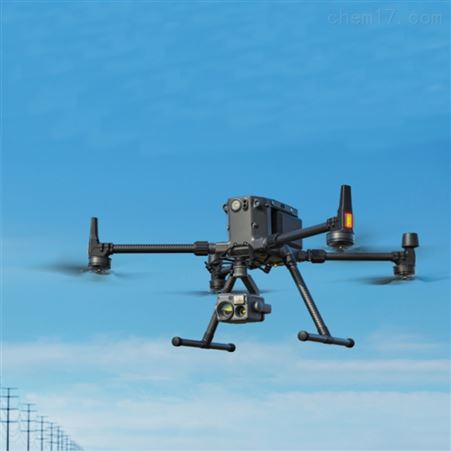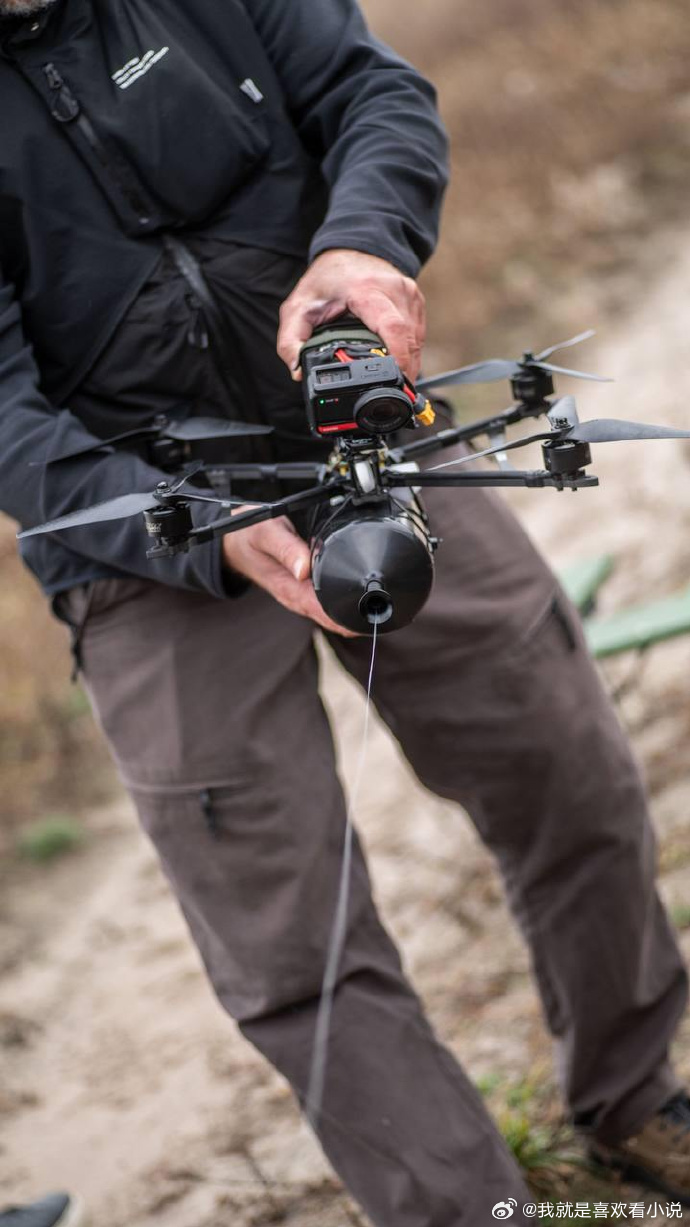The proliferation of flying drone technology has revolutionized various sectors, offering unparalleled capabilities that have transformed our lives. From aerial photography to agricultural monitoring, the integration of drones has opened a new dimension of possibilities. Drones, often equipped with cameras and sensors, allow for data collection in ways never imagined before.
The Evolution of Flying Drones
The advancement of drone technology has been rapid. Initially used for military applications, these unmanned aerial vehicles (UAVs) have now become ubiquitous in civilian operations. Improvements in battery life, flight systems, and artificial intelligence have all contributed to this growth.
Applications in Various Industries
Drones are revolutionizing industries by providing cost-effective and efficient solutions. In agriculture, for example, drones are used for crop monitoring, spraying pesticides, and assessing crop health. This not only saves time but also reduces manpower requirements significantly.
In the field of emergency response and disaster management, drones play a critical role. They offer crucial real-time data and imagery, helping agencies evaluate situations and coordinate more efficient rescue missions. The ability to access areas that may be dangerous or inaccessible to humans is invaluable.

The Role in Aerial Photography and Videography
One of the most popular uses of flying drones is in the world of photography and videography. Professional filmmakers and hobbyists alike utilize drones to capture stunning aerial shots that were once impossible without helicopters or expensive equipment. This has democratized the ability to produce high-quality aerial footage.
“With drones, every angle tells a different story, and every flight reveals a new perspective.”
Challenges and Ethical Considerations

Despite their benefits, drones raise several challenges and ethical issues. Privacy concerns are at the forefront, as drones have the capability to intrude on personal spaces inadvertently. Regulations are still catching up to the technology, with authorities striving to balance innovation with privacy protection.
Safety is another critical issue. As drones increasingly populate our skies, there is a greater risk of mid-air collisions, and interference with manned aircraft. Establishing clear flight paths and restrictions is essential to mitigate these risks.
Future Prospects of Drone Technology
The potential future applications of flying drones are exciting. With advancements in AI, drones may soon operate autonomously, executing complex tasks with minimal human intervention. Drones’ ability to deliver packages swiftly and efficiently might revolutionize e-commerce by offering ultra-fast delivery.
Moreover, the use of swarm technology, where multiple drones work collaboratively, can further enhance their capabilities. This could prove beneficial in large-scale inspections and surveillance operations, harnessing the power of numbers.
Conclusion
Flying drone technology is more than just a passing trend; it’s a transformative force reshaping industries and society. As we continue to explore the marvels of drone capabilities, it is crucial to address the challenges they bring, ensuring safe and beneficial integration into our world.
Frequently Asked Questions
- What is the primary use of drones today?
The primary uses of drones today include aerial photography, agricultural monitoring, disaster management, and delivery services. - Are drone deliveries widely used?
While drone delivery is not yet widespread, several companies are actively testing and implementing small-scale delivery operations. - How are drone regulations managed?
Drone regulations vary by country but generally include restrictions on flight altitude, no-fly zones, and registration requirements to ensure safety and privacy.